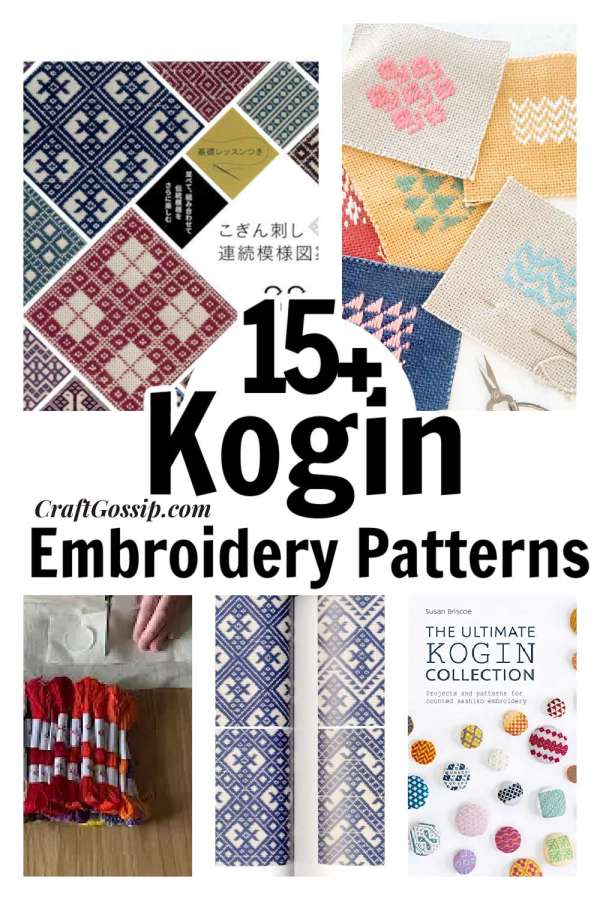
Are you looking for a creative, yet relaxing craft to occupy your free time? Look no further than sashiko and kogin embroidery!
These traditional Japanese embroidery techniques have been around for centuries and are still popular today. Not only are sashiko and kogin beautiful and intricate, but they’re also incredibly easy to learn. This comprehensive guide will teach you everything you need to know to get started with these delightful embroidery techniques. You’ll learn about the history of sashiko and kogin, the different supplies and materials you’ll need, as well as step-by-step instructions and tips on how to create beautiful and intricate designs.
With this helpful guide, you’ll be able to master sashiko and kogin in no time and create stunning pieces of art to share with your friends and family!
Kogin-style Japanese embroidery, or kogin-zashi, is an ancient craft with a long and fascinating history. This delicate and beautiful form of hand-stitched embroidery dates back to the 16th century, when it was used to decorate the traditional clothing of farmers in the Tohoku region of northern Japan.
The name of the craft, kogin, literally means “small cloth”, referring to the tiny squares of cloth that are used to create the embroidery. Traditionally, Kogin embroidery was worked on a white background, with the pattern in blues, yellows, and reds. The motifs are geometric and often depict plants, trees, and other symbols of nature.
The techniques used in Kogin embroidery have been passed down from generation to generation and are still practiced by embroiderers today. With its unique combination of traditional craftsmanship and modern-day designs, Kogin Japanese Embroidery is a beautiful and timeless craft that continues to capture the imagination.
Kogin, also known as Koginsashi, is a traditional Japanese embroidery style that derives from the ancient sashiko traditions of northern Japan.
Kogin is one of the sashiko embroidery methods. “Kogin” embroidery is a Tsugaru area of Aomori’s traditional quilting technique. Because the stitching follows the weave of the fabric, koginsashi designs are always formed of straight lines. Sashiko is a general name for Japanese embroidery. Kogin Sashiko (SashiKogin) is a well-known Sashiko variety. You can see our article on Sashiko Embroidery patterns here.
A beginner’s guide to kogin embroidery – Stitched Modern
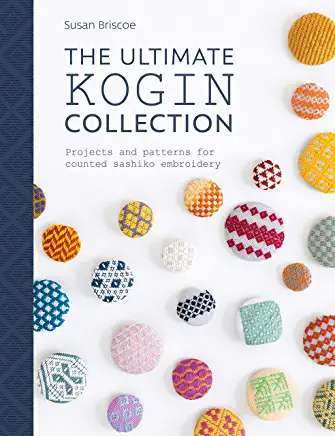
The Ultimate Kogin Collection: Projects and Patterns for Counted Sashiko Embroidery.
I’m a big fan of textile arts and was so excited when I discovered Kogin embroidery. The intricate patterns just captivated me and I knew I had to give it a try.
At first, I was a little intimidated, but I soon realized it wasn’t as hard as I thought. With a bit of practice and patience, I was making some pretty amazing pieces.
Along the way, I picked up some helpful tips that I want to share with others who are interested in trying Kogin embroidery. First things first invest in quality materials. It might seem like a small detail, but it makes all the difference in the end result. I suggest using cotton or linen fabric and strong thread.
Take your time to plan out your design too. It’s tempting to just dive in, but thinking through the placement of each stitch beforehand will save you headaches later on. Trust me, it’s much easier to make changes on paper than on your fabric.
Practice, practice, practice. The more you work on Kogin embroidery, the better you’ll get. This not only helps you build your skills but also lets you experiment with different stitches and techniques.
And finally, don’t be shy to ask for help. There are plenty of experienced friends or local embroidery groups that would love to share their knowledge and offer guidance.
All in all, learning Kogin embroidery has been one of the most fulfilling experiences of my life. I’ve not only created beautiful works of art, but I’ve also gained a deeper appreciation for the art form and its rich cultural history. If you’re interested in giving Kogin embroidery a try, go for it! With a bit of time and effort, you’ll be on your way to making your own stunning pieces.
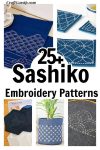
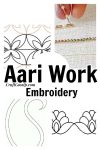
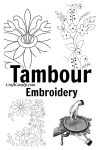



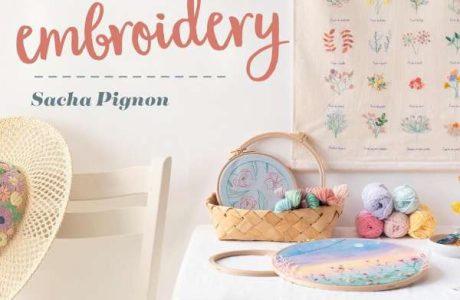


Leave a Reply